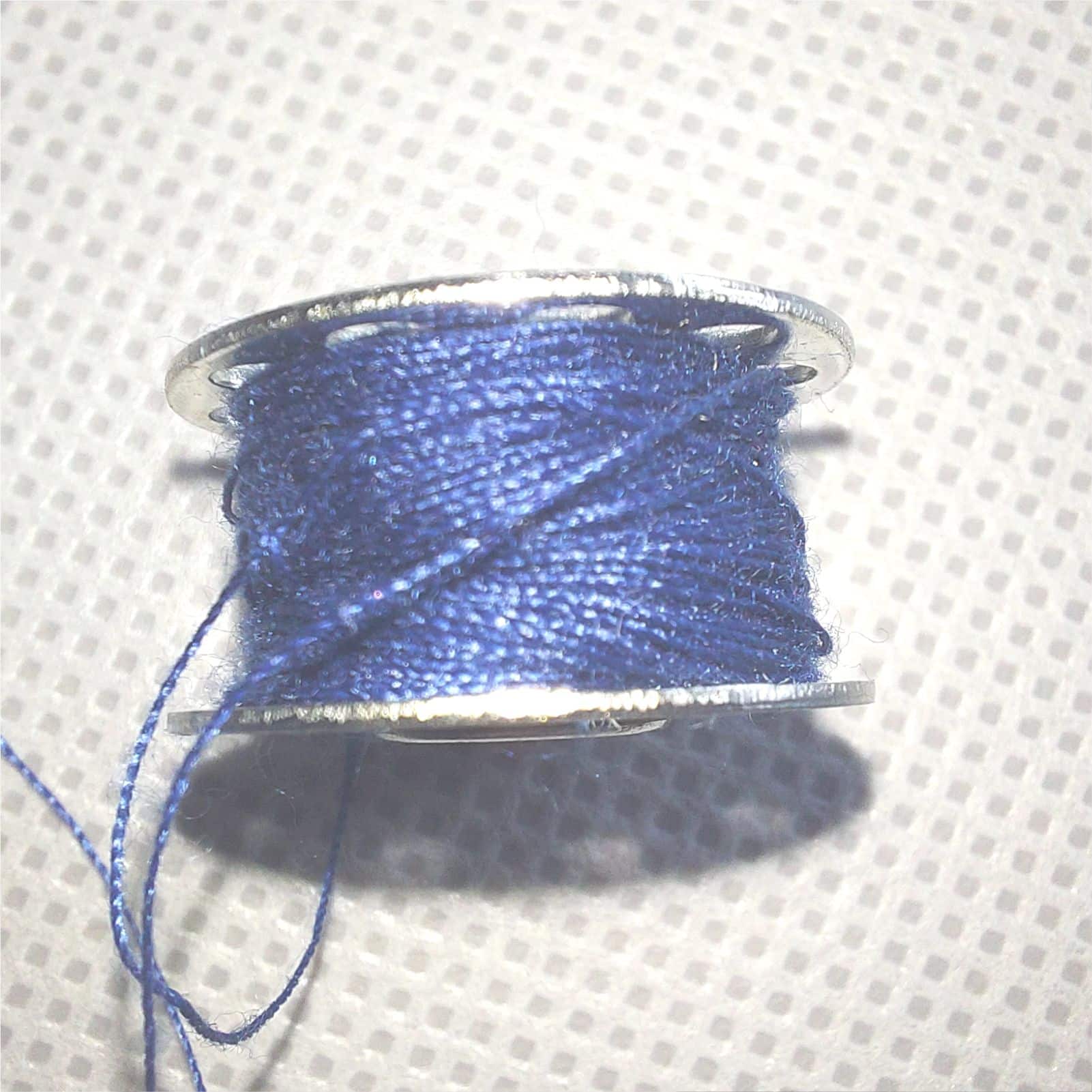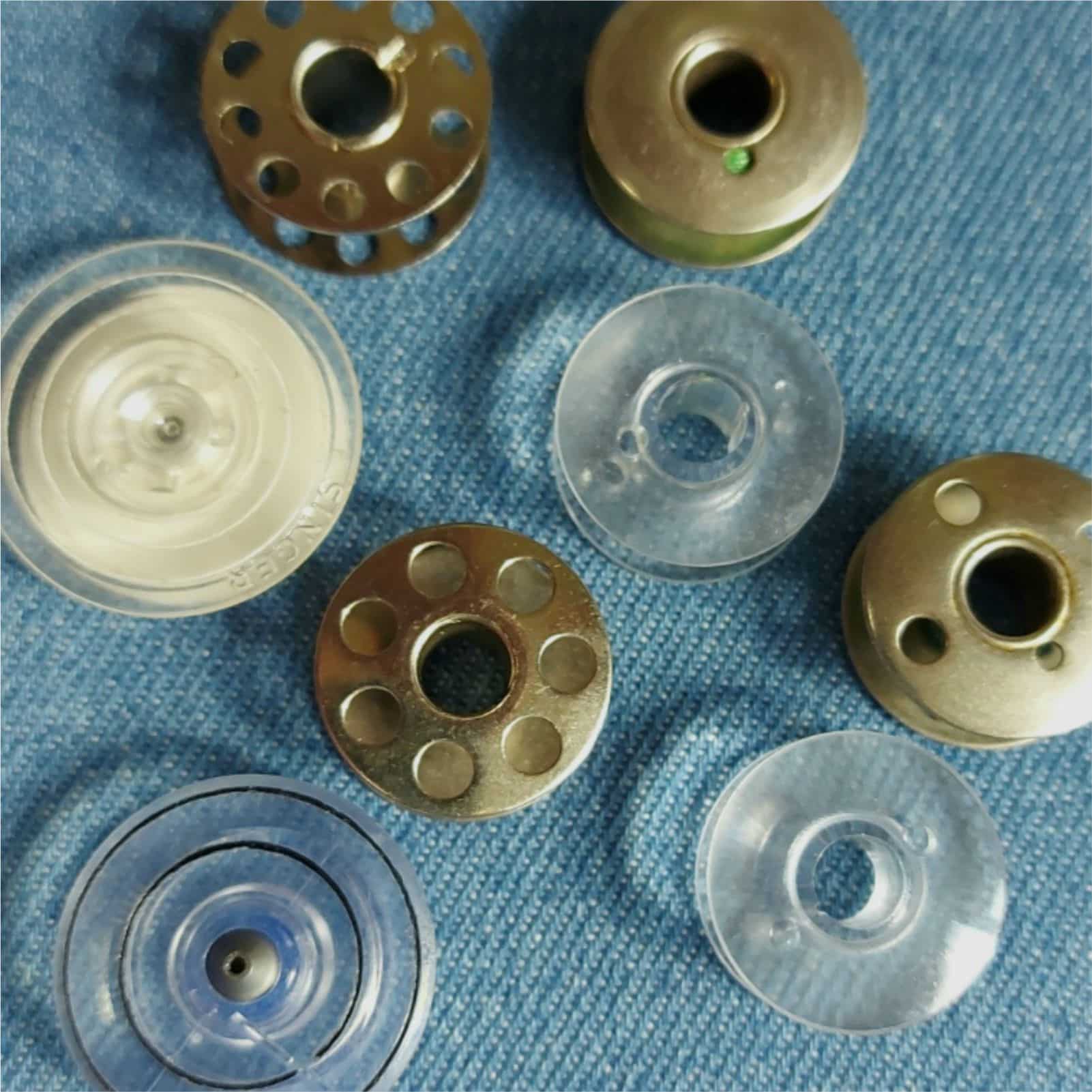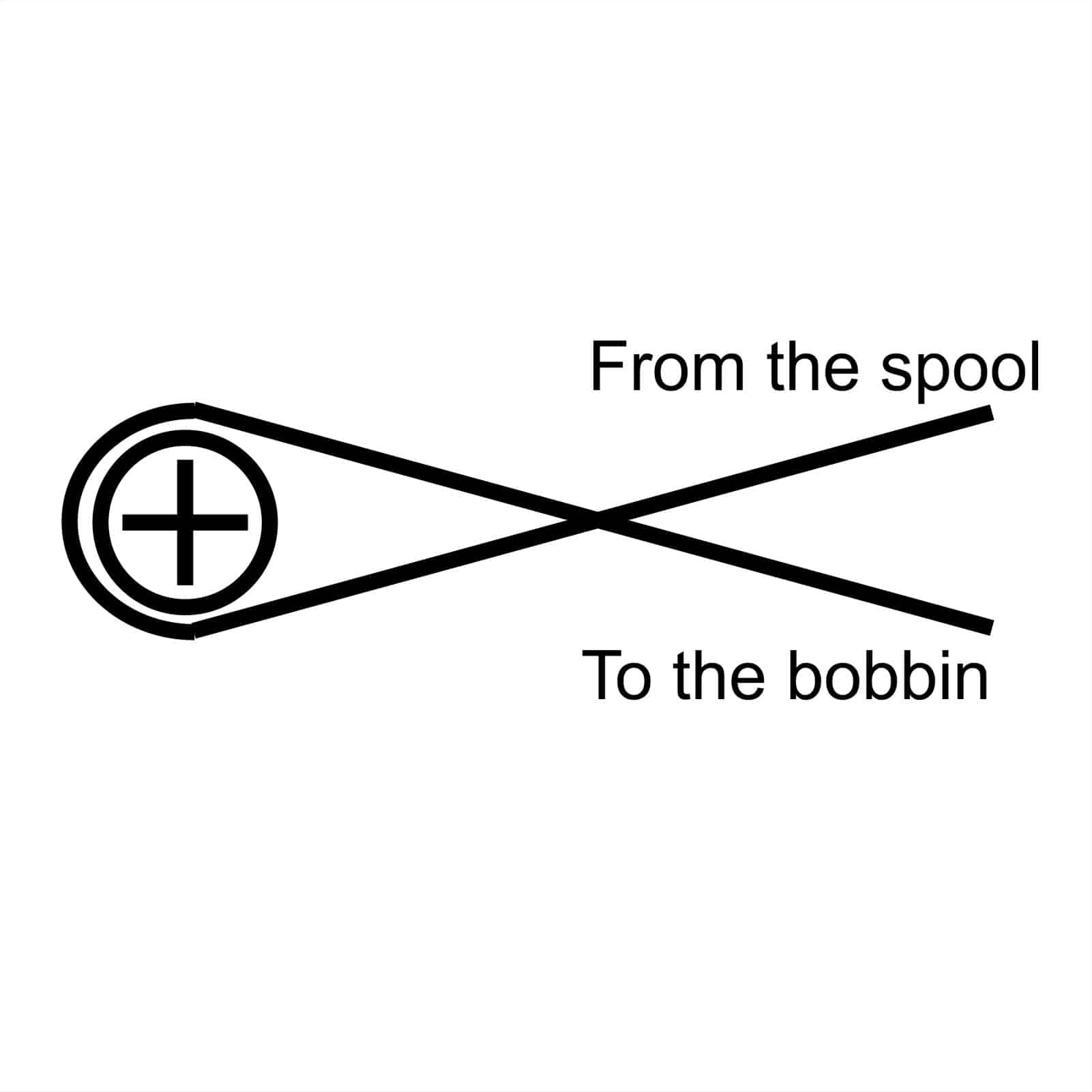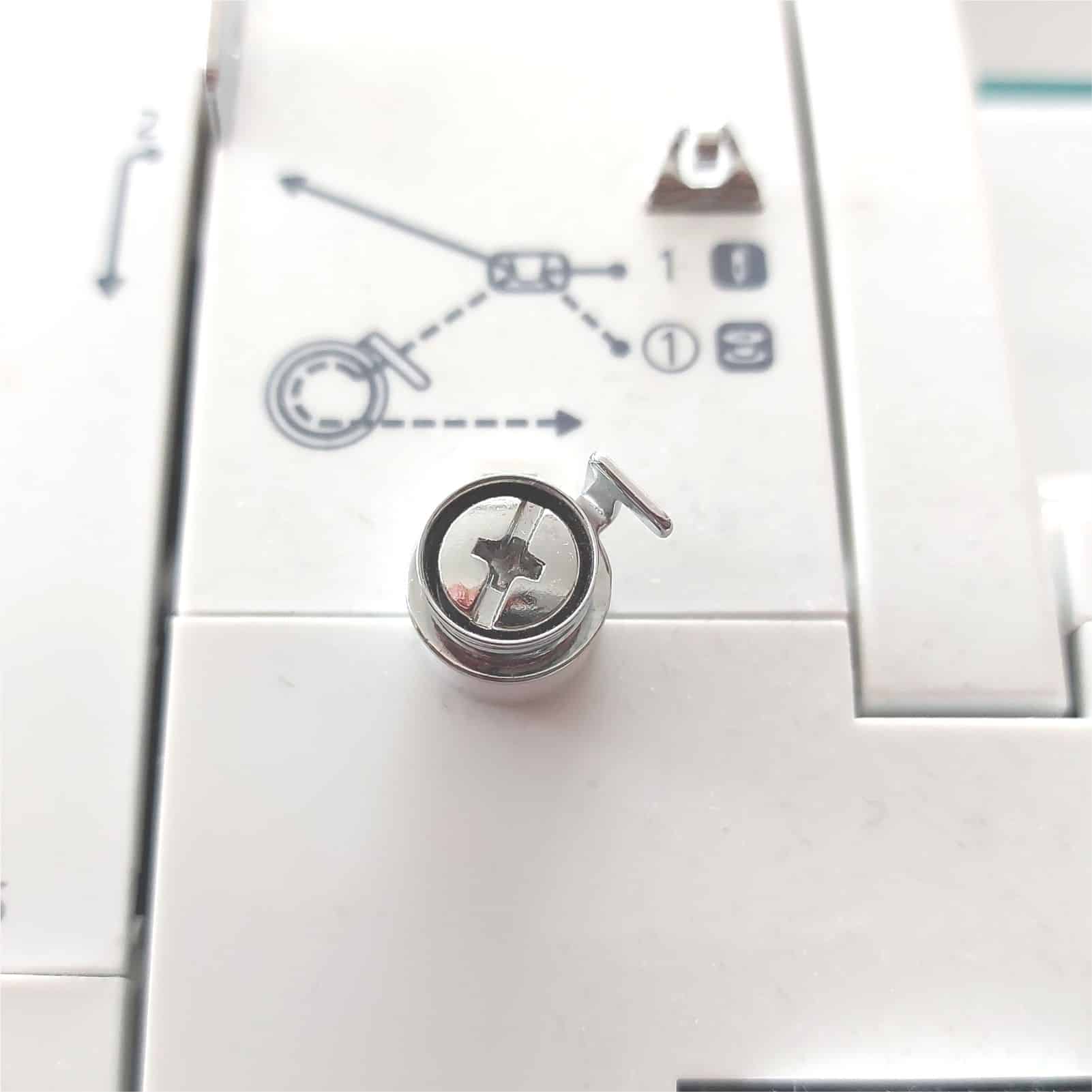Guides
Winding A Bobbin – The Ultimate Guide
Winding a bobbin for a sewing machine is a key part of being able to sew properly. A bobbin that is not wound properly is only going to cause you problems with the thread getting twisted and trapped (and probably snapping) or with tension problems when forming the stitch (leading to looping or loose stitches).
A whole blog post on winding a bobbin? Surely this is a joke? Actually no it isn’t. Here at More Sewing, we see a lot of sewing machines for servicing or when people bring them in for classes and workshops. It surprises us how many of these have bobbins that are not wound properly.

If you have problems winding a bobbin properly, just follow these points to ensure you get a perfectly wound bobbin.
Before You Start Winding A Bobbin
Use a good thread – cheap thread can be poorly wound, linty and weak (and therefore more likely to break). We recommend using a good thread like Gutermann Sew All or Coats Moon threads – these are both great quality threads (and in the case of the Moon thread, very reasonably priced).
TIP – how to check if your old thread is still good for using in a sewing machine. Take a length of the thread and wind it round your index fingers a couple of times on each hand. Pull the thread to snap it. What you are looking for is a thread that will bite into your fingers a bit before it snaps. If it snaps easily then the thread is too weak (but still ok for basting).
Don’t bother with a damaged or scratched bobbin – cracked or chipped plastic bobbins can catch and hold the thread when sewing. Metal bobbins can rust, staining your thread or, in extreme cases, gripping the thread. New bobbins are cheap (you should never pay more than 50p for a new standard plastic bobbin) so treat yourself to a new one! Also make sure you are using the right bobbin for your machine.
TIP – to check if you are using a bobbin that is suitable for your machine, put an empty bobbin in the bobbin case. Move it with your finger, if it moves easily then it is a good fit for your bobbin case. If it sticks at all – don’t use it. Likewise when you put the bobbin in, it should fill up to the edge of the case, if it is too low or too high – don’t use it.

Winding A Bobbin
Follow the thread guides on your machine when winding a bobbin. If your thread is meant to clip into a guide then make sure it does – the guides are there for good reason (usually to stop them getting caught on something and to introduce tension into the wound thread).
Go the ‘wrong’ way round the bobbin winder spindle. Hard for me to describe (I sometimes say like you are making the start of a figure of eight) so look at the picture to see what I mean! The important thing is that doing this will trap more of the thread under the tension clip on the spindle and more tension here is a good thing for a good bobbin wind.

The thread going onto the bobbin from the spindle should look straighter and under more tension than the thread coming from the spool toward the spindle. This is due to the tension the spindle is putting the thread under. If the thread looks slack and your spindle has a screw head in it (as in the picture) you can use a phillips screwdriver to tighten the spindle by half a turn (no more!) to increase the tension on the thread.

Thread the bobbin up from the inside out. Thread up and through the bobbin through one of the holes in the bobbin – there is usually one close to the centre spindle of the bobbin, if there is not then any hole will do.
Hold the thread when you start winding to put tension into your wind. This is very important, holding the thread for the first few seconds of the winding process puts tension into the thread and this is what is needed for successful sewing. Hold the thread ‘tail’ for a couple of seconds (or until there is enough winds of thread to hold the thread on the bobbin) and then stop the winding and snip the tail of thread off as close to the bobbin as possible. This means the loose end will not get caught up. Start winding again.
When you are winding a bobbin, look at the thread, it should be winding evenly, up and down, on the bobbin, If it is starting to load onto one side of the bobbin, you can put your finger under the thread and slowly move your finger up and down just a bit to encourage the thread to wind more evenly on the bobbin.
There is a stopper on your machine (it usually looks like an oblong piece of plastic jutting out toward the bobbin when the bobbin is engaged). This is here to stop the thread from overwinding on your bobbin – if you keep winding in the end the thread will push up against the stopper and push the bobbin over and stop the winding process. You can adjust the stopper to wind less thread onto your bobbin by loosening the screw on the stopper by half a turn at most and pushing the stopper toward the bobbin and tightening the screw again . DO NOT TAKE THE SCREW OUT COMPLETELY! It is held in place with a nut that will drop inside the machine if you do this.
What you are looking for at the end of winding a bobbin is a bobbin filled with thread that is evenly wound and if you press the thread on your bobbin between your fingers you will feel some resistance. If the thread is softly wound on, the thread will feel very spongy.If this happens try winding another bobbin using your ‘soft’ bobbin in place of the reel of thread on the spool pin (no need to waste good thread!).
Hopefully this blog will help to cure those thread winding issues you have had in the past and producing a bobbin perfectly becomes second nature!
